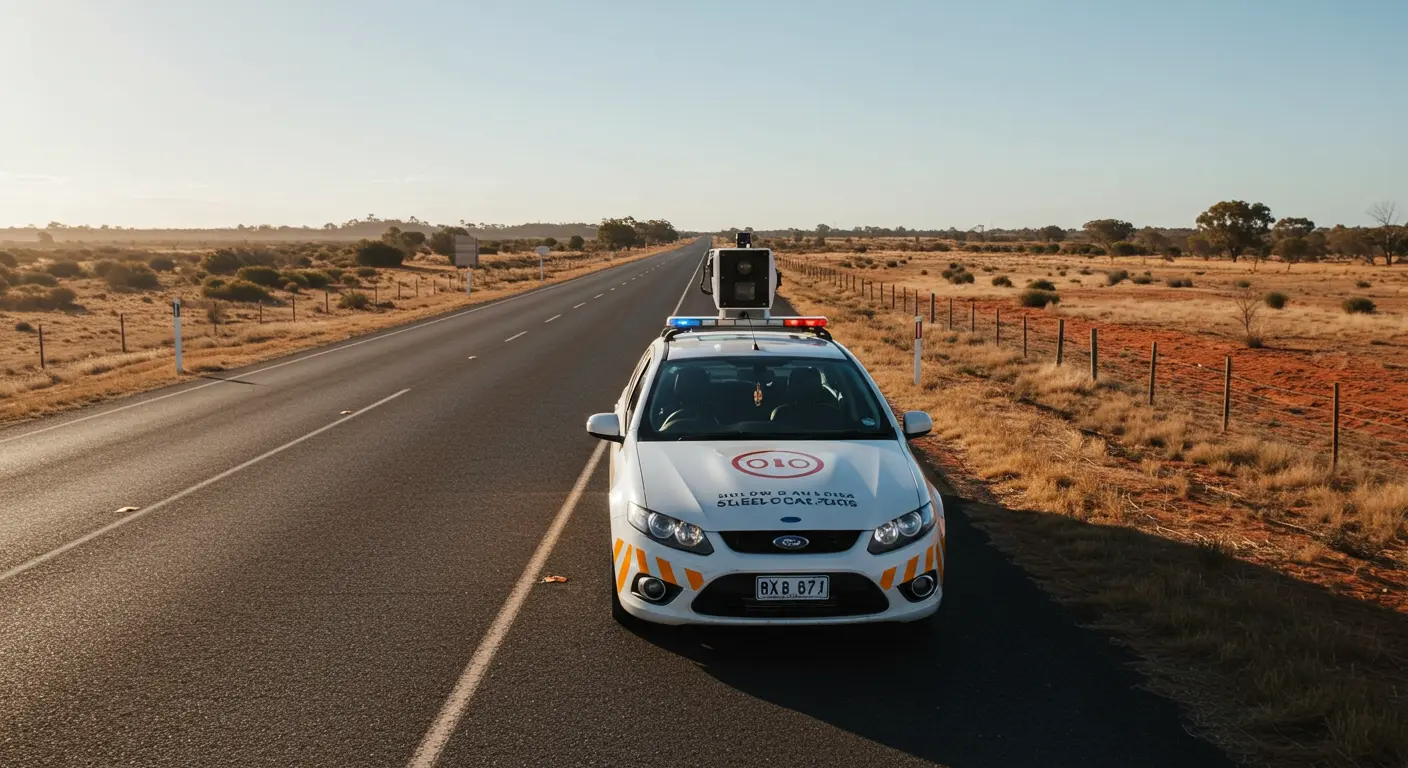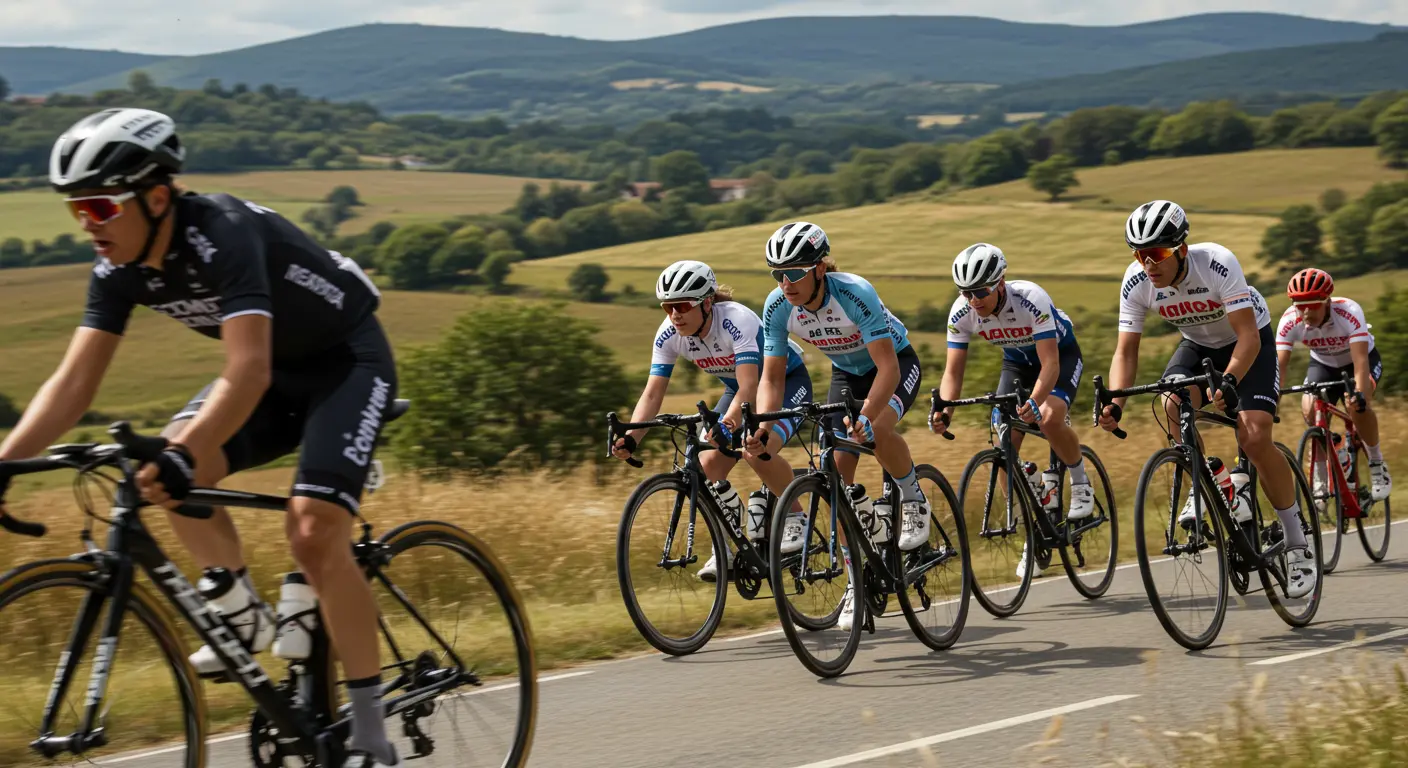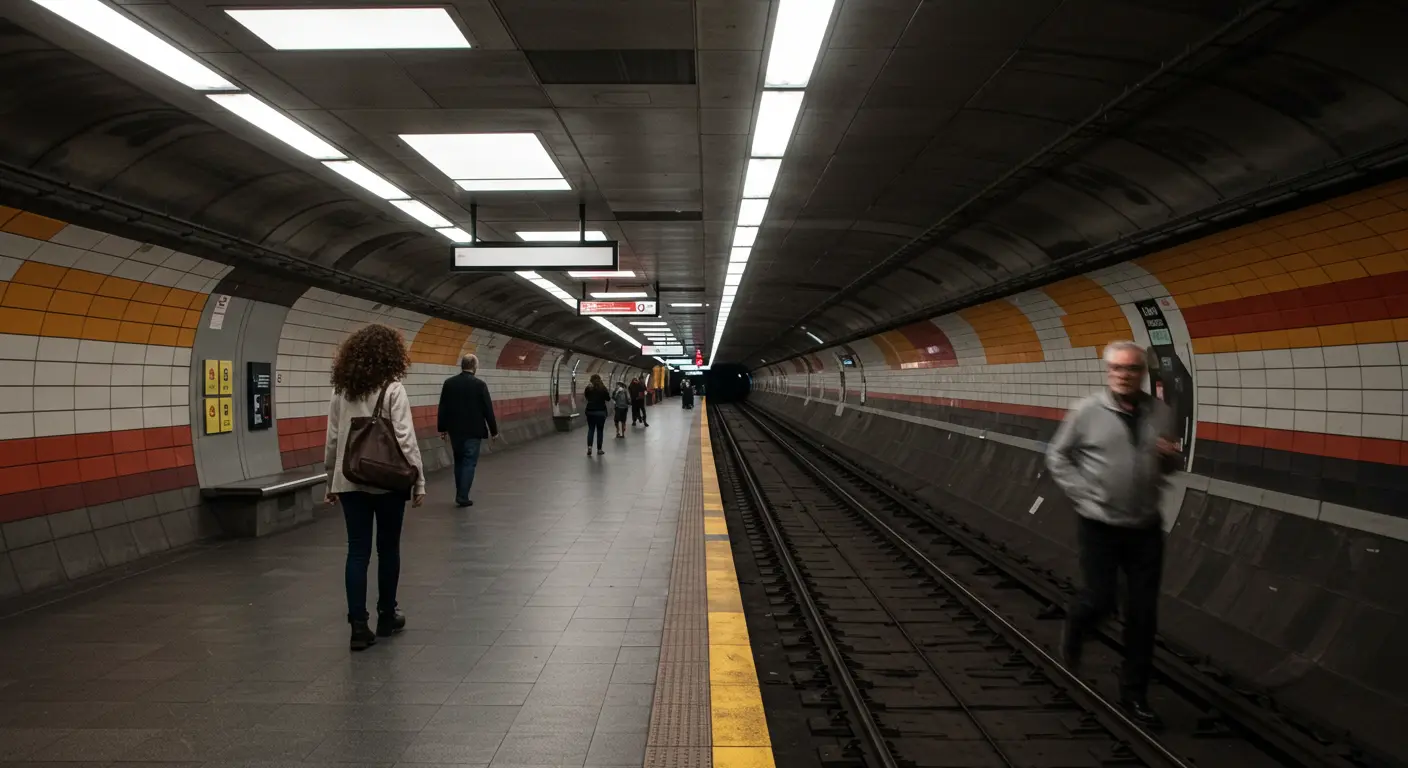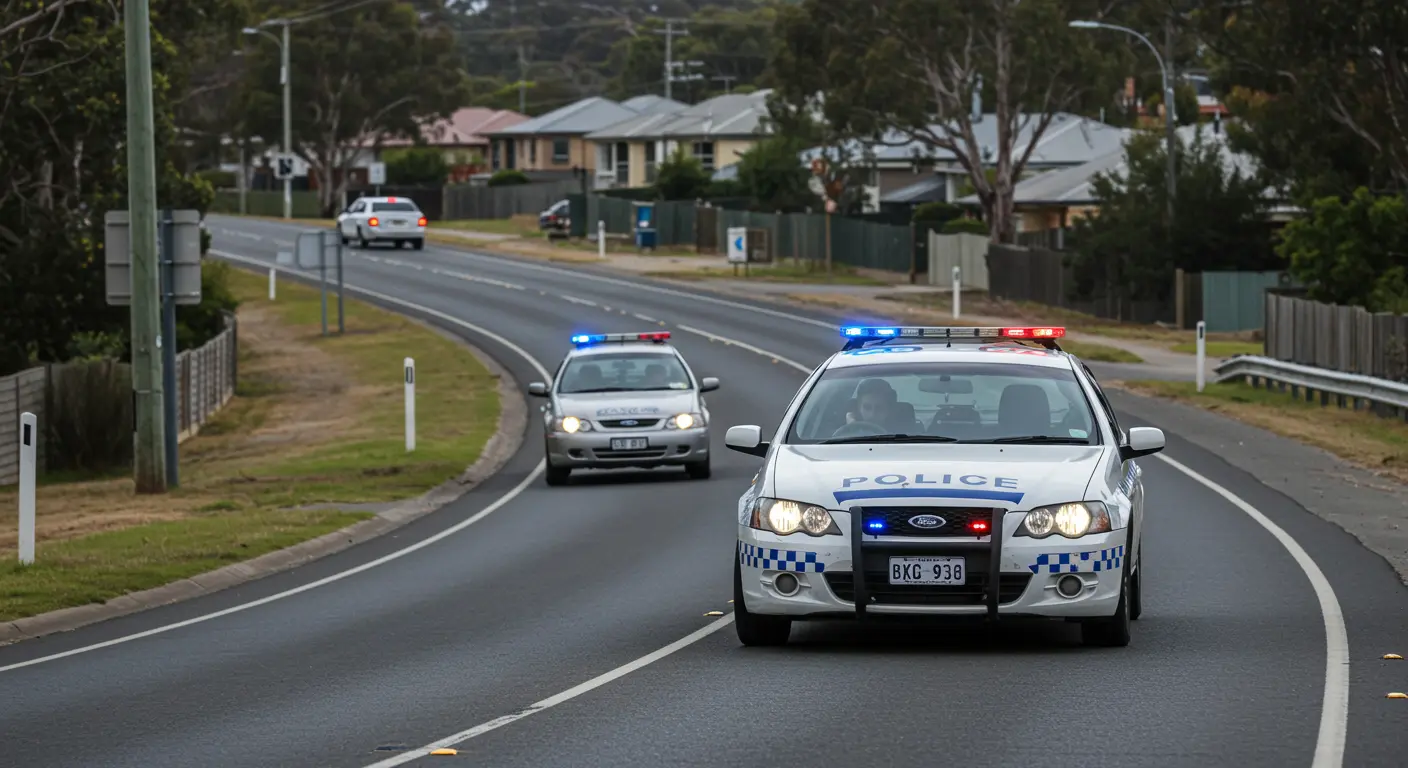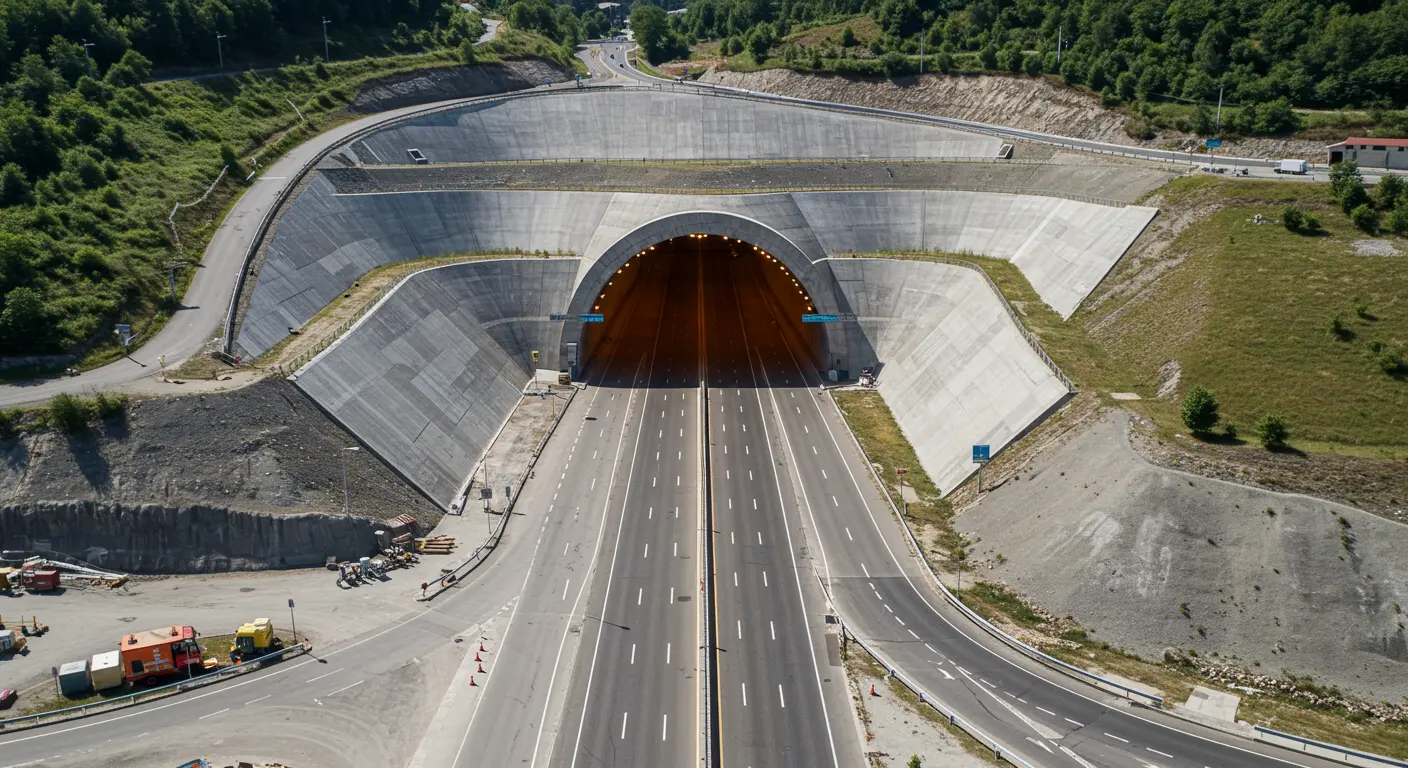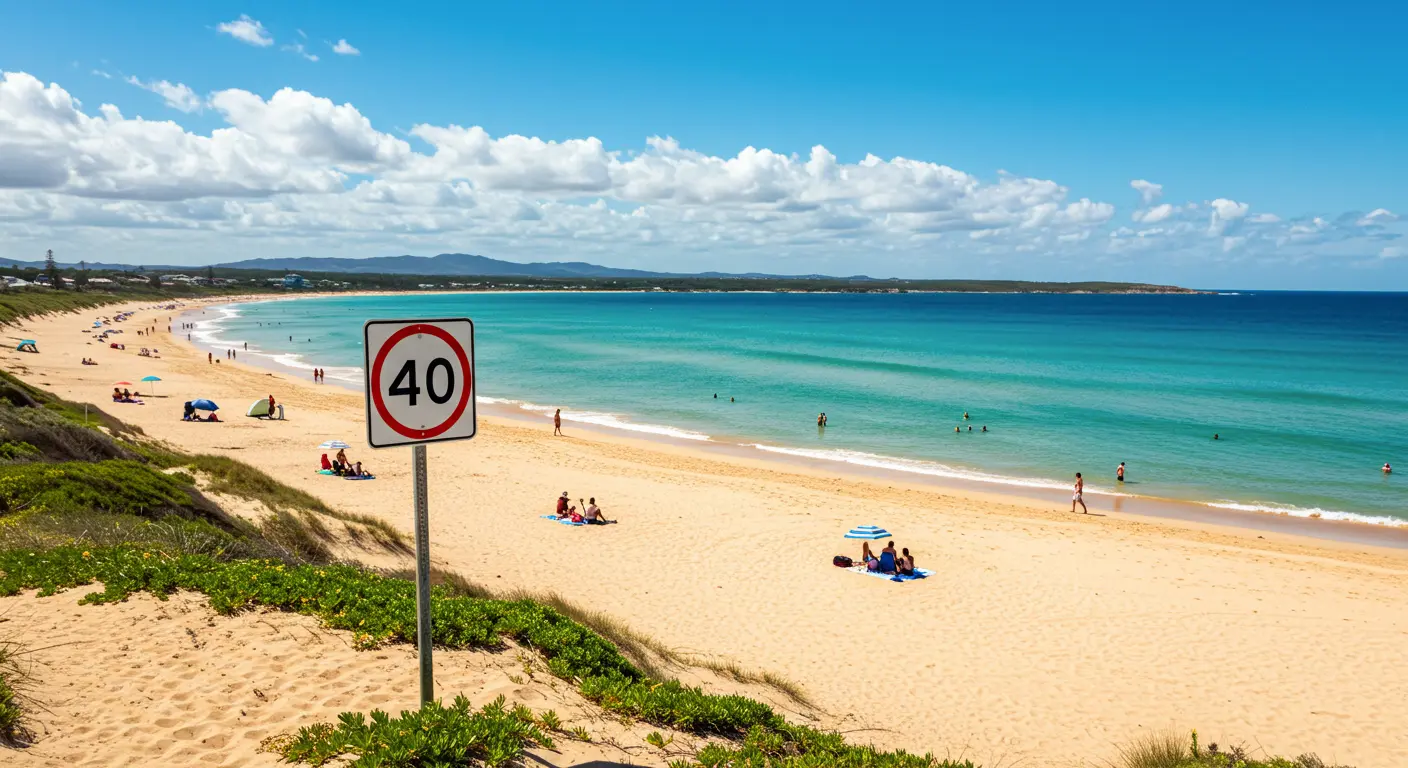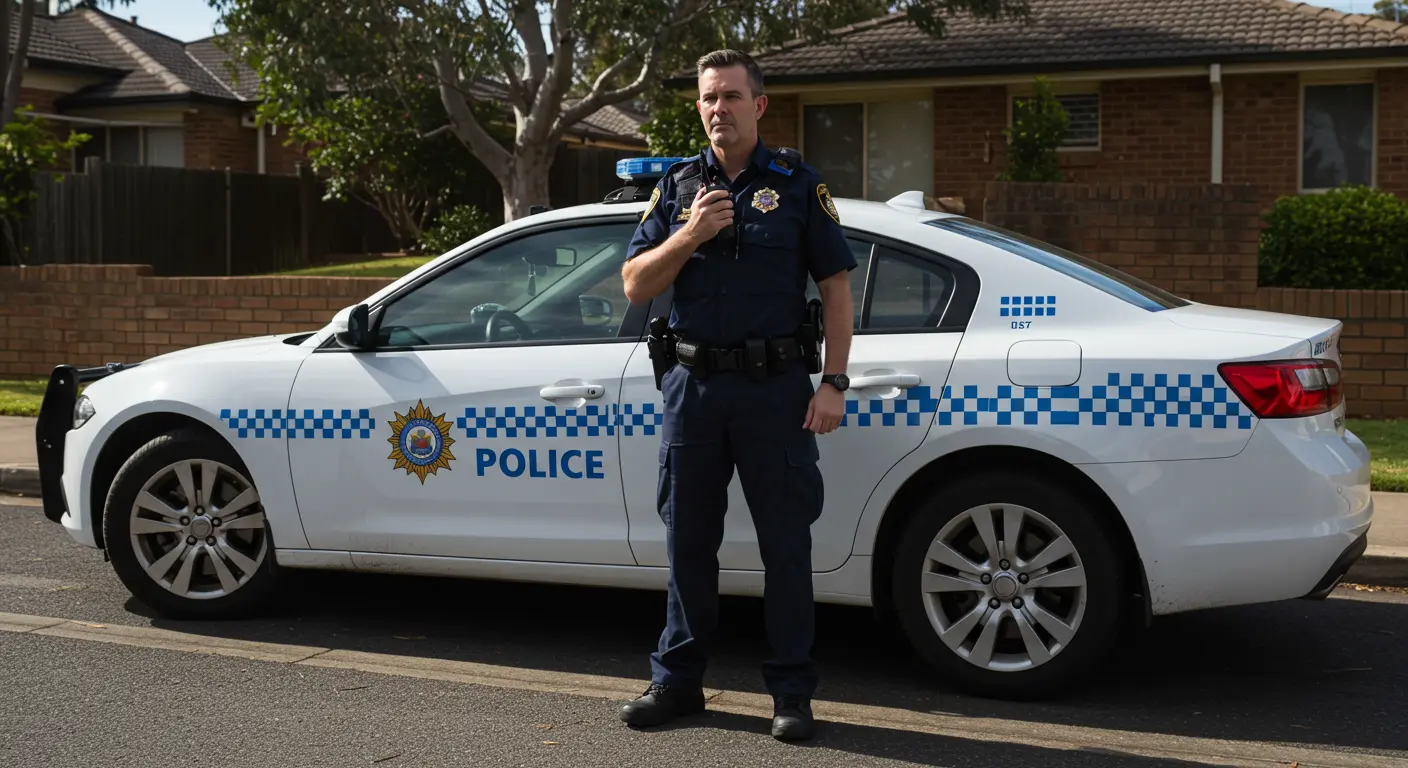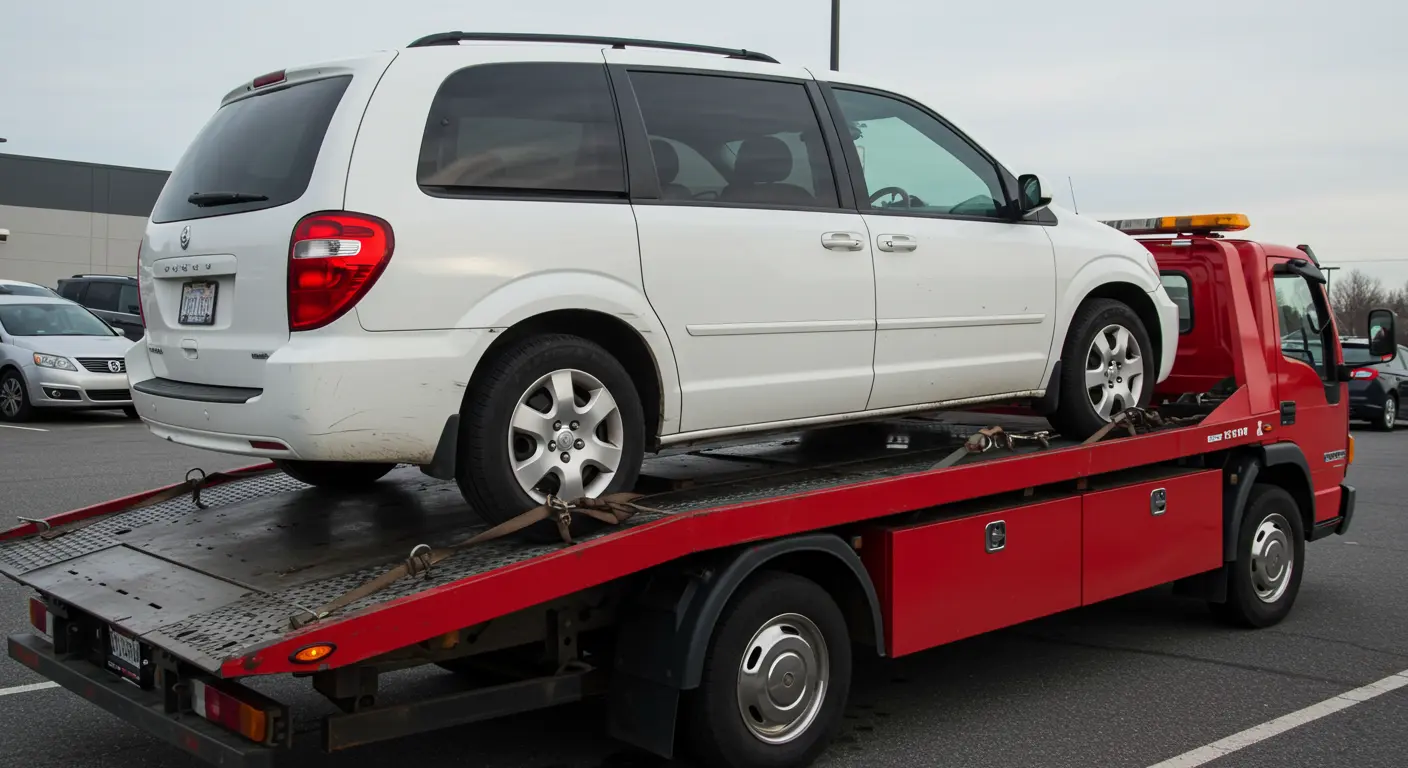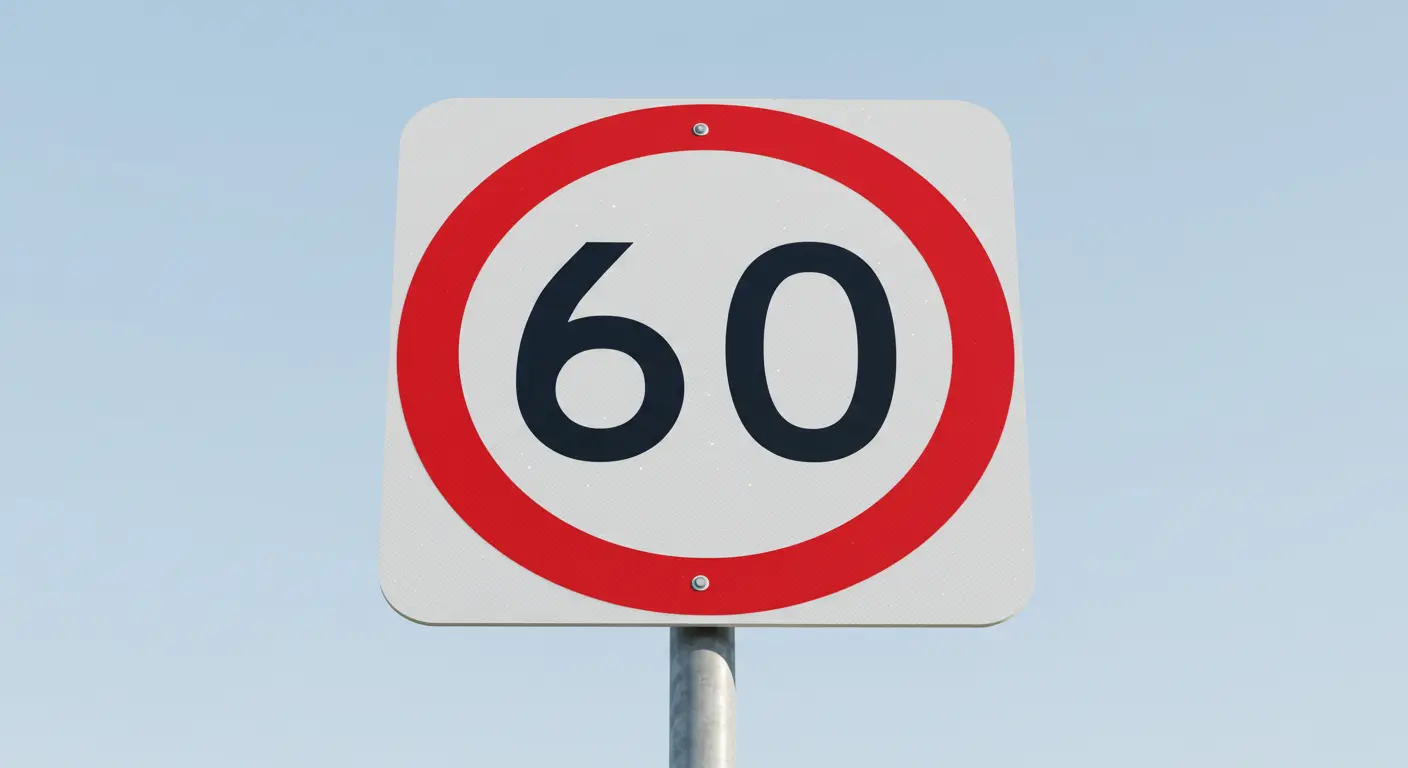Mobile speed cameras are now a major part of how road safety is enforced across New South Wales. Unlike traditional fixed cameras, mobile units can be moved between locations, making them harder for drivers to predict.
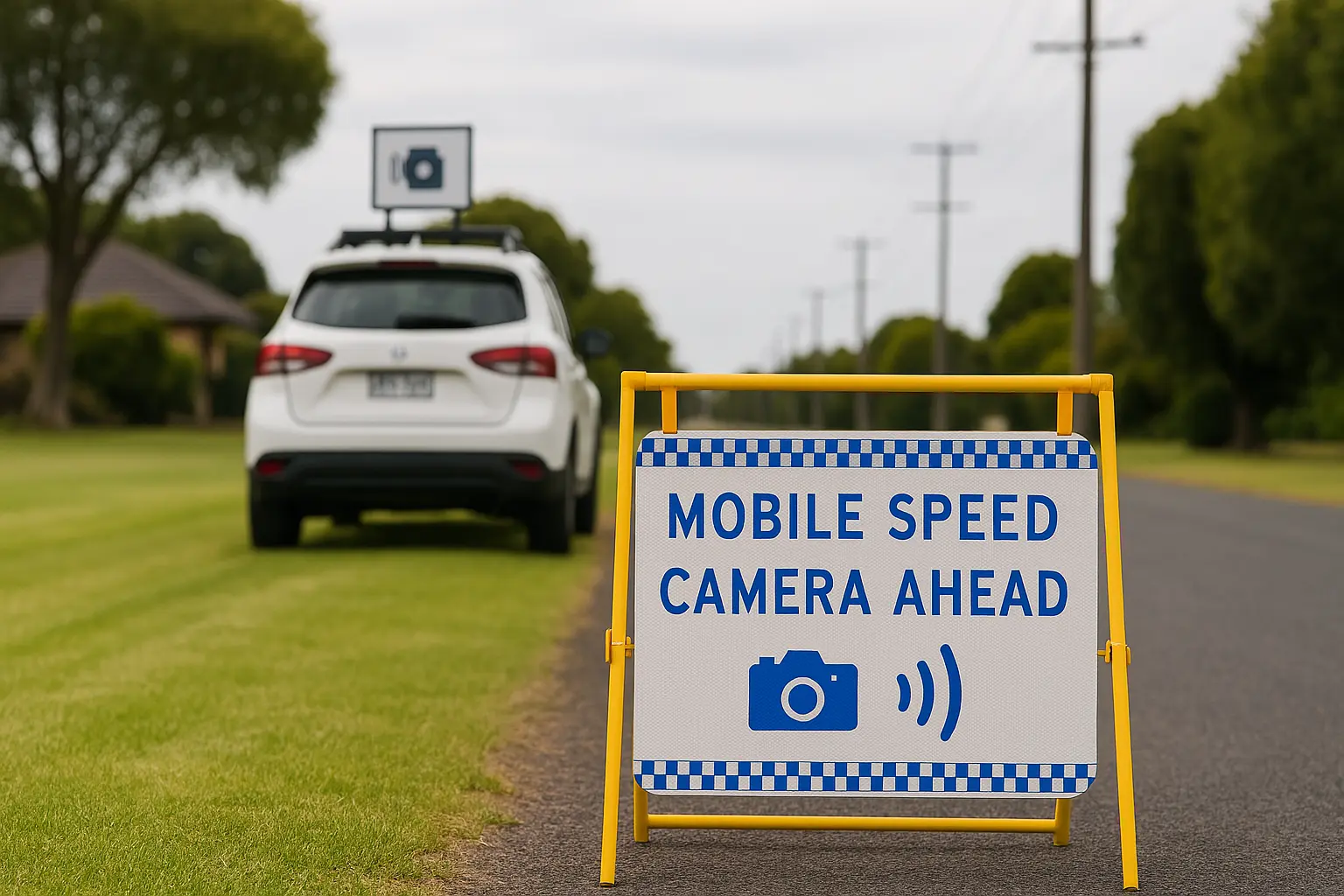
In NSW, mobile speed cameras are placed in vehicles or mounted on trailers, using radar or LIDAR technology to detect speeding vehicles. When a vehicle is detected exceeding the speed limit, the system takes a photograph and the registered owner receives an infringement notice by mail.
How Mobile Speed Cameras Operate
Mobile speed cameras in NSW detect speeds using highly accurate radar and laser (LIDAR) technology. They work day and night and can operate in all weather conditions. Infrared flash systems are now common, meaning photos can be taken without a visible flash, leaving most drivers unaware they have been caught.
The cameras record the:
- Date and time
- Location
- Speed limit
- Vehicle speed
- Vehicle details (type, registration number)
All equipment must meet strict maintenance and calibration requirements to ensure accuracy, making disputes about technical faults extremely rare.
Location Selection
According to Transport for NSW, mobile cameras are placed based on crash history and areas identified as high-risk. While some drivers believe revenue-raising is the goal, the official position is that cameras aim to reduce speeding-related crashes and fatalities.
In NSW, warning signs were reintroduced in 2022 to notify drivers they are approaching a mobile camera site.
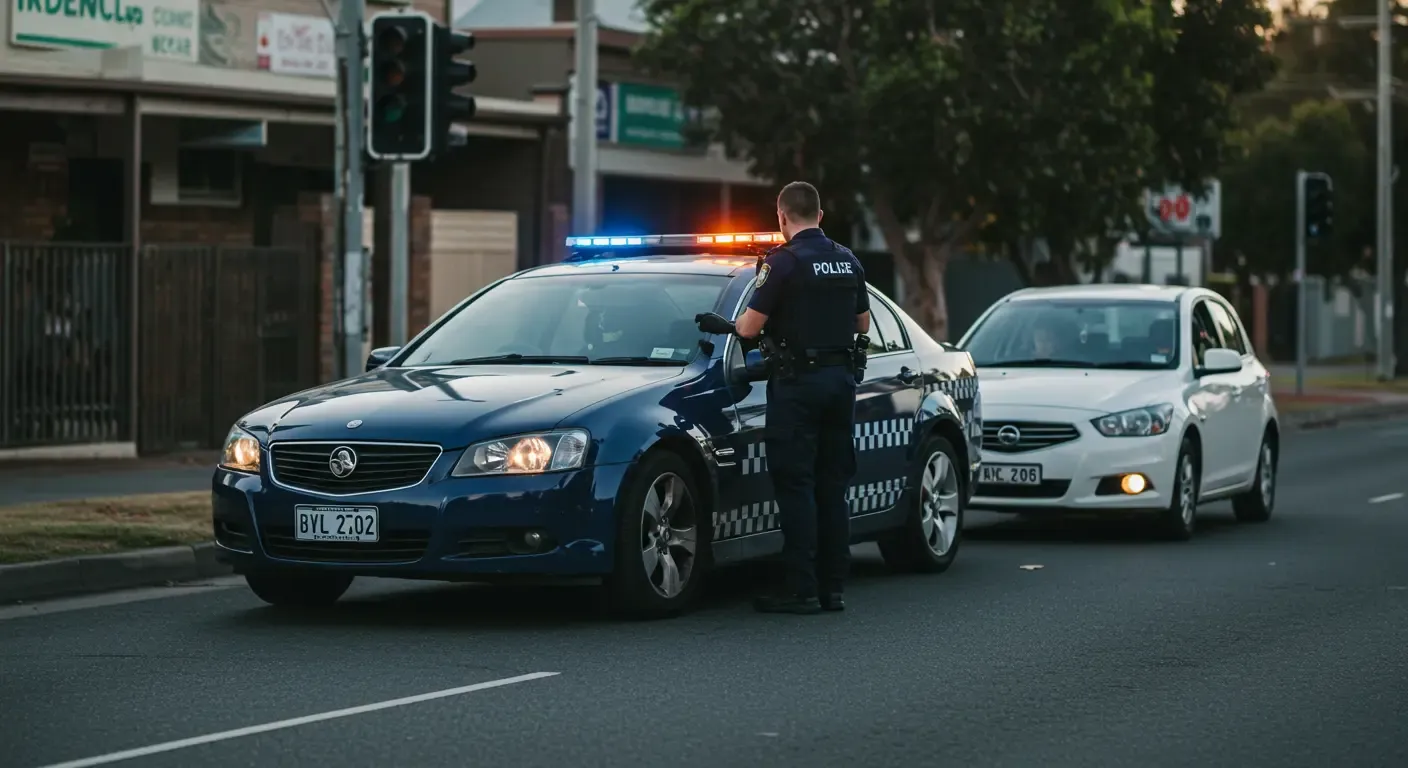
Do Mobile Speed Cameras Flash?
Most modern mobile speed cameras in NSW use infrared technology, meaning there is no visible flash when a photo is taken. Some older models still emit a flash at night, but generally, drivers will not realise they have been caught until the fine arrives.
How Far Away Can Mobile Speed Cameras Detect Speeding?
Advanced radar and LIDAR systems can detect speeding vehicles several hundred metres away. By the time drivers spot a camera car or trailer, it is often too late.
- Single-lane roads: Monitored in one direction.
- Multi-lane roads: Monitored in both directions simultaneously.
Newer models like the Gatso T-Series can monitor up to six lanes at once.
Can Mobile Speed Cameras Catch You from the Front or Rear?
Typically, NSW mobile speed cameras capture vehicles from the rear as they approach the camera car. However, some cameras can operate bidirectionally, photographing from both front and rear depending on the road setup.
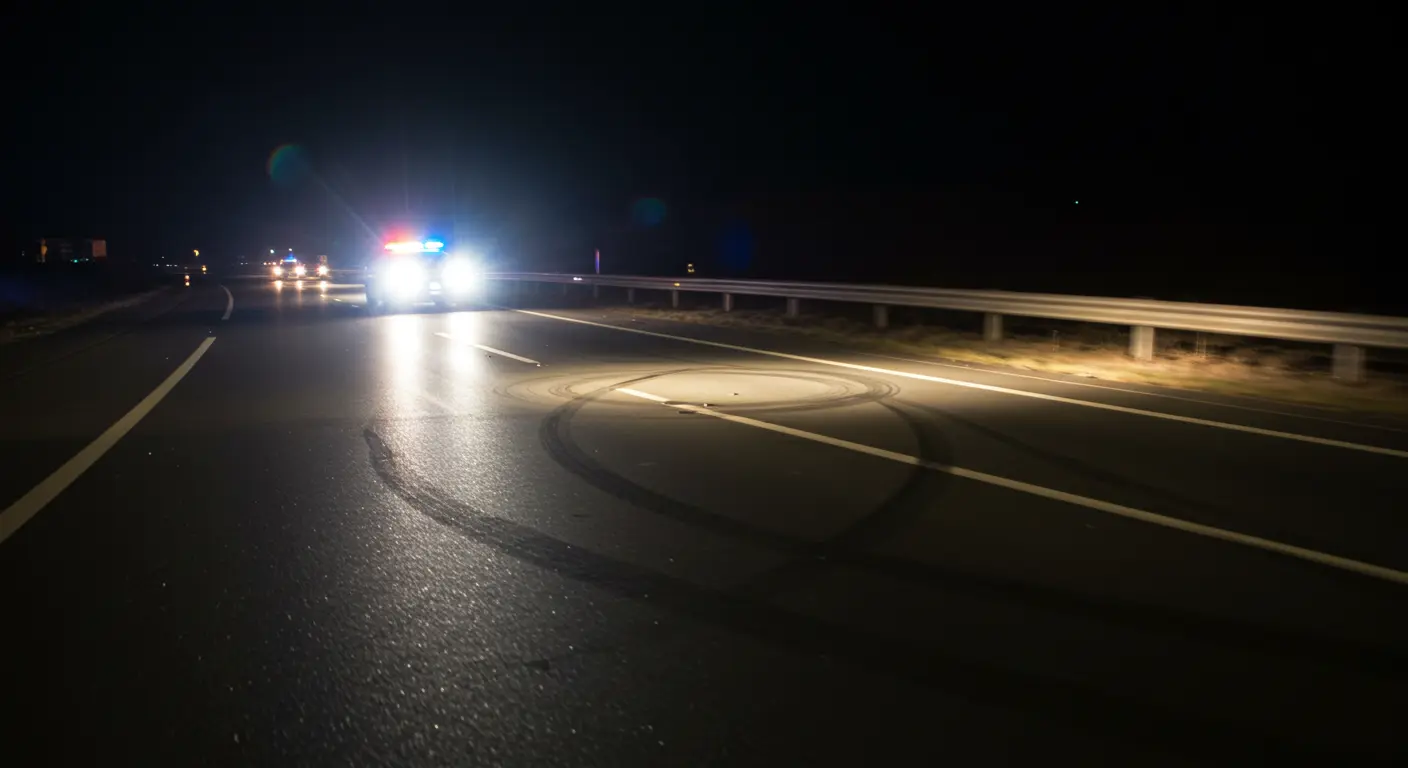
Trailer-Based Mobile Speed Cameras
NSW, following trials in other states, now deploys trailer-mounted speed cameras. These unmanned trailers can be left on-site for days, monitoring traffic 24/7. They are tamper-resistant, with bullet-proof casing and surveillance cameras to protect the units.
Some newer trailers are also equipped to detect:
- Mobile phone use
- Seatbelt compliance
AI technology scans images for offences, and suspected cases are reviewed by a human operator before a fine is issued.
What to Do if You Are Caught
If you are caught by a mobile speed camera in NSW:
- You will receive an infringement notice by post.
- You have the right to request photographic evidence.
- If you have a clean driving record and the offence is under 10km/h over the limit, you may request a caution instead of a fine.
However, higher-range speeding offences, mobile phone use, and seatbelt violations are unlikely to qualify for leniency.
Do Mobile Speed Cameras Improve Safety?
Transport for NSW maintains that mobile speed cameras save lives by encouraging safer driving behaviour. While some motorists argue about revenue raising, the broader goal is to lower the road toll. Studies show that mobile speed camera locations often see a reduction in serious crashes after enforcement is increased.
For updated mobile speed camera locations, visit the Transport for NSW Safety Cameras website.
Drive safely and always stick to the speed limit. It's not just about fines; it's about saving lives.




